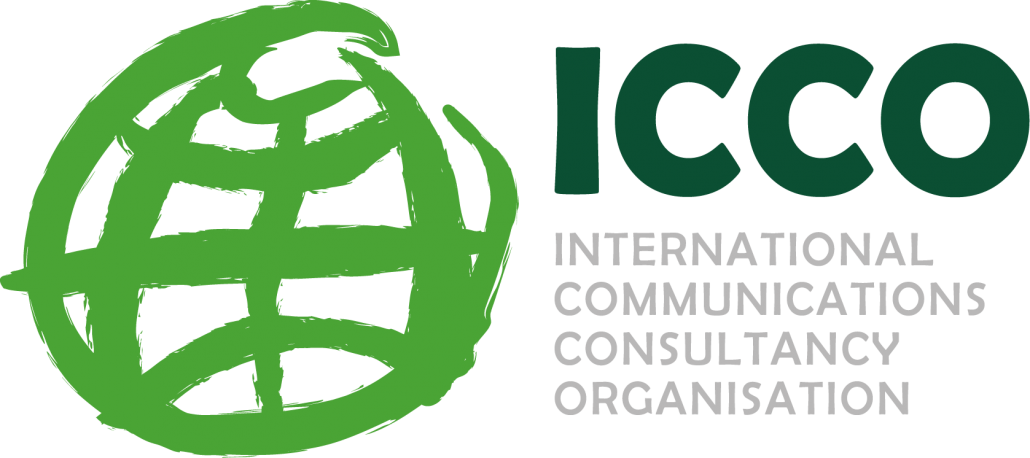Unpaid Internships in PR: The Australian Perspective
This is a guest blog post by Annabelle Warren, National Chair PRIA Registered Consultancies Group and ICCO Board Member for Australia; Chairman of Primary Communication
Each year we host interns in our office, and they are truly inspirational. Beyond raw talent and enthusiasm, they are professional, punctual, incredibly curious, eager and earnest. Some need a little polishing, most need a lot of early guidance. But for over two decades I have loved hosting interns, and I am not alone.
A recent survey of Australian consultancies showed 80% hosted tertiary interns and 60% hosted multiple interns each year. These internships were often the start of ‘beautiful friendships’, with 72% of Australian consultancies offering long term employment to their interns.
Australia has a culture of academic internships. These are compulsory subjects for students completing accredited PR degrees through eighteen Australian universities.
I’ve also been an academic, and supervised student intern programs. So I get really confused by this talk of ‘interns working for free for six months to a year’. That is a total crock. I’ve never heard of an Australian PR intern subject that requires six or twelve months activity. Most are between 80 and 200 hours.
If students are retained as juniors working in a business, they should be paid.
If it is a formal internship the student will be enrolled in a subject that outlines specified time periods, compulsory reporting and academic supervision. Well that’s my experience, and it may be a very Australian PR/Comms experience.
After the Public Relations Institute of Australia (PRIA) launched new guidelines for managing internships last week, I was sent the UK Internship guidelines from the PRCA. There are several key differences, and a number of similarities, between the internship programs in Australia and the United Kingdom.
Legislation in Australia recognises that students can be enrolled in a subject which requires workplace learning. When this is the case, they are official ‘interns’ and they do not have to be paid for the time to complete that prescribed workplace activity. But once the formal internship period has been completed, the student may be considered an employee if they continue working in the consultancy. In this case there are clear minimum wage rates which apply – just less than $AUD 20 per hour if they are casuals.
The legislation also says a student is also allowed to observe in a workplace for a number of days without payment. If students are not enrolled in such a subject and the student does more than a few days of observation in the consultancy, then they should be paid for their efforts.
In Australia, we have a culture of shorter internships – over 60% of internships offered by Australian consultancies are from 2-4 weeks duration. This is unlike in the UK where over 75% of internships exceed one month and up to a year.
It is very clear in Australia that junior office work is not an internship. It is work, and it is common to find consultancy juniors who are enrolled at university and also working part-time and getting paid within consultancies.
The vibrant academic community in Australia has established close links with the PRIA and with individual consultancies. This relationship between a consultancy and academic supervisors can help identify the most suited interns and maximise the benefit to the student and the consultancy. It also provides a valuable two way feedback loop on skills needed, support programs and ideas to help each other grow and improve. For instance, most consultancies implore academics to beef up their teaching of writing skills.
The National Education Advisory Committee of the PRIA provided extensive information for the guidelines about the consistent requirements from academic institutions. For instance:
a. There should be an agreement between the student and the host consultancy about learning outcomes
b. The host organisation should appoint a supervisor and conduct formal induction and then ongoing review discussions
c. The consultancy should also be asked to fill in a report or evaluation
d. Each academic institution has an internship coordinator who should be available for questions from consultancies and to support the student
Consultancy on-boarding processes for interns should also cover insurance, confidentiality agreements, intellectual property, OH/&S requirements and codes of ethics.
All interns should be signed up to the same company policies and requirements as normal employees. This is probably the area which needs most attention. As interns tend to be short term, they may not be asked to sign all the contractual paperwork that is given to a full-time employee. However interns will have direct or consequential access to intellectual property, confidential information and be part of the daily life of the consultancy. So they must be covered by consistent company policies.
The choice for inexperienced students searching for an internship position must be clear. Sign up with a professional consultancy which is part of an ethical industry organisation. And stay clear of those terrible abusers out there on the sidelines of the marketing and communication industry.
My interns from the past twenty years are still wonderful friends – and they still inspire me by running major consultancies or in-house operations. There is no doubt in my mind that internships are a wonderful way to build the pipeline of talent and the future of our profession.


